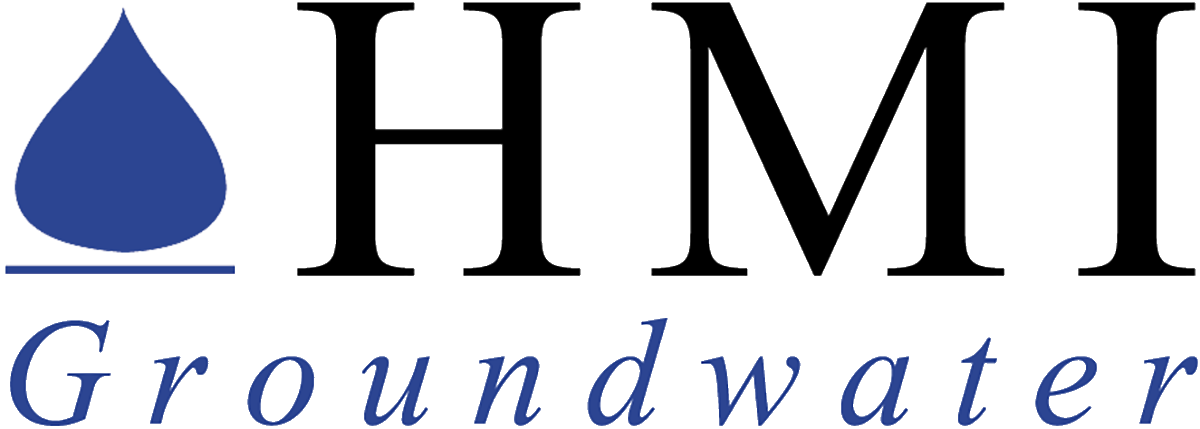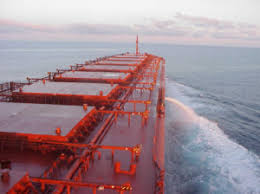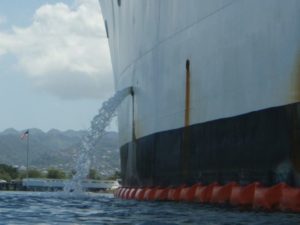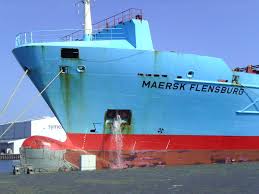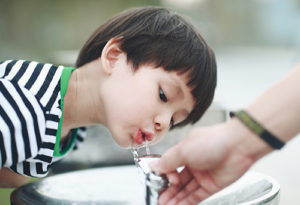The process of using treated wastewater for drinking water is called potable water reuse. Potable water reuse provides another option for expanding a region’s water resource portfolio.
There are two types of potable water reuse:
- Indirect potable reuse: Uses an environmental buffer, such as a lake, river, or a groundwater aquifer, before the water is treated at a drinking water treatment plant.
- Direct potable reuse: Involves the treatment and distribution of water without an environmental buffer.
EPA, States, tribes, and local governments implement programs under the Clean Water Act (CWA) and the Safe Drinking Water Act (SDWA) to protect the quality of source waters and drinking water. The SDWA and the CWA provide a foundation from which states can further develop and support potable water reuse as they deem appropriate.
